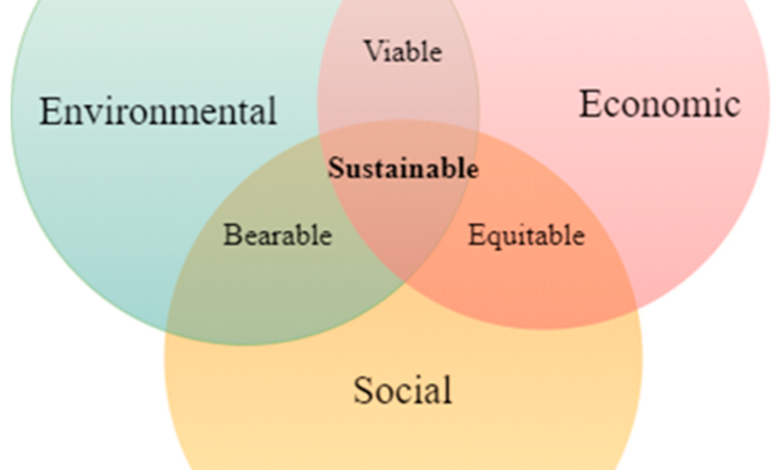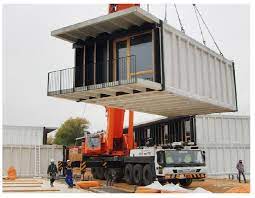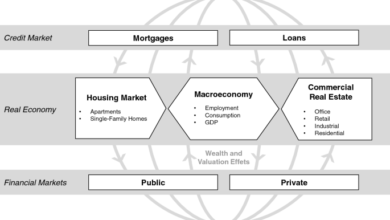The Importance of Real Estate Sustainability and Resilience in Building Design

In recent years, the importance of sustainability and resilience in building design has become increasingly evident, especially in the real estate industry. As concerns about climate change and its impact on the environment continue to grow, the need for sustainable and resilient buildings has become a top priority for architects, developers, and property owners.
Sustainability and resilience are two key concepts that can help ensure that buildings are not only environmentally friendly but also capable of withstanding various natural and man-made disasters. Here, we will discuss the importance of these concepts in building design and their impact on the real estate industry.
Sustainability in Building Design
Sustainability refers to the ability of a building to meet the needs of the present without compromising the ability of future generations to meet their own needs. Sustainable building design aims to reduce the environmental impact of buildings by minimizing energy consumption, reducing waste, and utilizing renewable resources.
The benefits of sustainable building design are manifold. For instance, it can help reduce greenhouse gas emissions, conserve natural resources, and improve indoor air quality. Sustainable buildings are also known to be more energy-efficient, which can lead to significant cost savings for property owners over time.
In the real estate industry, sustainable building design has become increasingly important in recent years due to rising concerns about climate change and environmental degradation. Today, more and more developers and property owners are opting for sustainable building materials, green roofs, and energy-efficient HVAC systems to reduce their carbon footprint and improve the energy efficiency of their buildings.
Resilience in Building Design
Resilience, on the other hand, refers to the ability of a building to withstand various natural and man-made disasters. Resilient building design aims to minimize the damage caused by disasters such as earthquakes, hurricanes, and floods, and to ensure that buildings can continue to function even in the event of a disaster.
The benefits of resilient building design are clear. Resilient buildings are more likely to withstand natural disasters and man-made disasters such as terrorist attacks or power outages, which can help ensure that businesses can continue to operate even in the event of a crisis.
In the real estate industry, resilience is becoming increasingly important due to the growing number of natural and man-made disasters around the world. In the past decade, we have seen a sharp increase in the number of natural disasters such as hurricanes, floods, and wildfires. Additionally, there is always the risk of man-made disasters such as terrorist attacks, cyber-attacks, and power outages. Resilient building design can help mitigate the risks associated with these disasters and ensure that buildings remain functional even in the event of a crisis.
The Importance of Integrating Sustainability and Resilience in Building Design
While sustainability and resilience are often treated as separate concepts in building design, they are actually interrelated. In fact, integrating sustainability and resilience in building design can help ensure that buildings are both environmentally friendly and capable of withstanding various natural and man-made disasters.
For instance, buildings that are designed with sustainable materials and energy-efficient systems are often more resilient to disasters than buildings that are not. This is because sustainable materials such as steel and concrete are more durable than traditional building materials, and energy-efficient systems can help buildings continue to function even during a power outage.
Moreover, sustainable building design can help reduce the environmental impact of disasters by minimizing energy consumption and reducing waste. This can help ensure that disasters have a smaller impact on the environment and can help reduce the cost of disaster recovery efforts.
In conclusion, the importance of sustainability and resilience in building design cannot be overstated. As concerns about climate change and environmental degradation continue to grow, the need for sustainable and resilient buildings has become increasingly evident. By integrating sustainability and resilience in building design, architects, developers, and property owners can help ensure that buildings are not only environmentally friendly but also capable of withstanding various natural and man-made disasters. This can help protect businesses, tenants, and the community at large, and can also lead to significant cost savings for property owners over time.
Furthermore, sustainable and resilient building design can also enhance the overall value of a property. Today, many tenants and buyers are looking for sustainable and resilient buildings that can provide them with a safe and healthy environment to live and work in. By investing in sustainable and resilient building design, property owners can attract a wider range of tenants and buyers and increase the overall value of their property.



